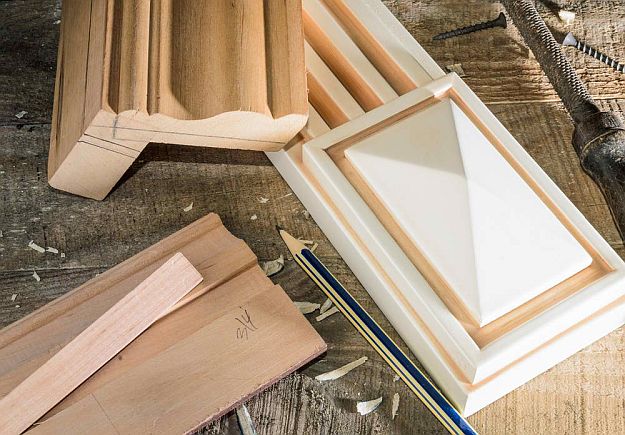Discover The Enchanting Trip Of Renovating Old Closets, Revealing Hidden Stories And Analyzing The Enigmas Of Bygone Periods
Discover The Enchanting Trip Of Renovating Old Closets, Revealing Hidden Stories And Analyzing The Enigmas Of Bygone Periods
Blog Article
Content Create By-Justice Lyons
To begin the trip of restoring antique closets, you require a keen eye for detail. Picture discovering surprise keys within each layer of history embedded in the timber. Photo the satisfaction of restoring a once-forgotten piece to its previous glory. Every action of this precise process holds the crucial to protecting the past while producing a future heirloom. So, are you prepared to start this transformative venture and unlock the potential of your antique cupboards?
Evaluating the Closet's Problem
When beginning the remediation procedure, begin by examining the condition of the antique cupboard. Meticulously check out the total framework for any type of signs of damage such as fractures, chips, or loose joints. Inspect the timber for any rot, bending, or insect problem that may have occurred gradually. It's critical to figure out the extent of the restoration required before continuing further.
Next, examine the cupboard's hardware such as hinges, handles, and locks. Make kitchen remodeling estimate of any type of missing items or components that need repair or replacement. Make sure that all equipment is working correctly and safely attached to the cabinet.
In addition, examine the closet's finish. Seek any scratches, discolorations, or discoloration that may affect the visual allure. Identify if the finish requires to be stripped and reapplied or if a simple touch-up will be sufficient.
Gathering the Necessary Devices and Products
After examining the condition of the antique closet, the next action is to gather the required tools and products for the remediation procedure. Prior to cabinet installation tips begin, ensure you have the adhering to items on hand:
- wood cleaner
- sandpaper in different grits
- timber filler
- paint or timber tarnish
- brushes
- handwear covers
- safety and security goggles
- a dust mask
- a drop cloth
- a putty blade
- a hammer
- a screwdriver
- a hoover
These devices and materials are essential for an effective restoration.
Wood cleaner is critical for removing years of dirt and grime accumulation, preparing the surface area for fining sand. Sandpaper of different grits helps in raveling imperfections and preparing the timber for a brand-new coating. Wood filler is handy for repairing any type of splits, openings, or damages existing in the closet.
Paint or timber tarnish, in addition to brushes, allow you to customize the closet to your preference. Remember to put on handwear covers, safety and security goggles, and a dust mask for defense. Lay down a ground cloth to secure your work area, and utilize a vacuum to clean up any type of debris.
With these tools and products collected, you prepare to start the restoration procedure.
Carrying Out the Reconstruction Process
To efficiently execute the reconstruction process on your antique cupboard, start by thoroughly cleaning up the surface with the timber cleaner. This step is crucial as it aids remove years of dust, crud, and old gloss that may have gathered on the surface.
When the cupboard is clean and dry, assess the problem of the timber. Seek any splits, scrapes, or other damages that need to be dealt with. Use wood filler to fix any flaws, seeing to it to match the filler color to the wood tone for a seamless surface.
After the repair services have dried, carefully sand the entire surface area to develop a smooth and also base for the new surface. Take care not to sand too strongly, as you do not intend to damage the timber beneath.
When the sanding is complete, use a wood discolor or finish of your choice, adhering to the maker's instructions. Permit the surface to dry entirely prior to applying a safety top layer to make sure the durability of your recovered antique cupboard.
Conclusion
Since you have actually completed the remediation process, your antique cabinet looks as good as new.
By complying with the step-by-step guide, you were able to assess, repair, and boost its condition easily.
With a fresh surface and safety leading coat, your cherished item will continue to beam for years to find.
Appreciate the charm of your recovered antique cupboard!
